Checking the engine oil level
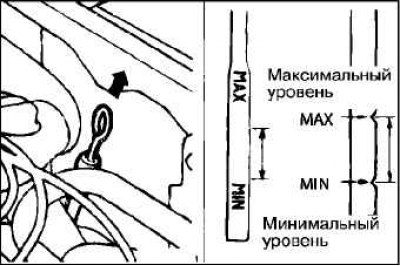
Make sure the engine oil level is between the high and low marks. If the level drops below the minimum mark, add the required amount of oil.
Checking the condition of the battery and its terminals
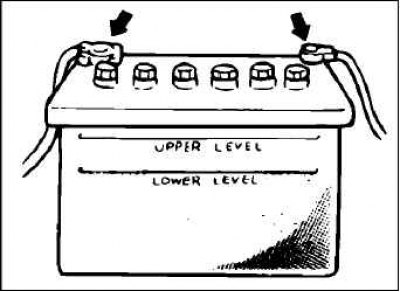
Check the condition of the battery terminals. Make sure they are securely fastened.
Note. Do not remove grease from the battery terminals and wire fasteners.
Checking wiring harnesses
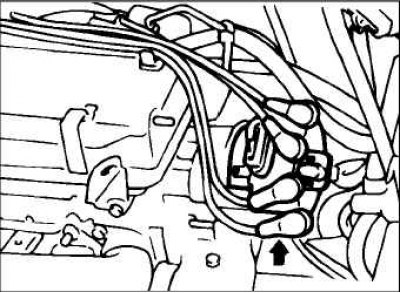
Make sure each wire harness is routed correctly and secure. Check the tightness of the connectors.
in the reliability of fastening high-voltage wires to the spark plugs, the cover of the ignition distributor (or crankshaft position sensor) and ignition coils.
Check of work of the engine and system of release of the fulfilled gases
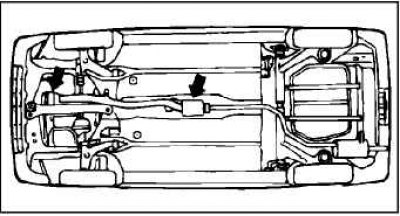
Check engine operation and smooth movement of the accelerator pedal.
Check the components of the exhaust system for leaks.
Check for black smoke coming from the exhaust pipe (diesel engine vehicles).
Try to determine the presence of extraneous squeaks, rattles and unwanted vibrations.
Make sure that there are no extraneous noises coming from the engine, transmission, axles and car body.
Checking the liquid level in the engine cooling system
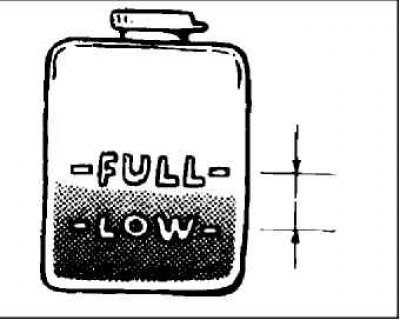
The coolant level in the expansion tank of the cooling system must be above the mark «LOW» (low) at normal engine operating temperature. Make sure that there is no leakage of coolant through the connections of the pipes and hoses of the cooling system.
The concentration of antifreeze should be in the range of 30-60%.
Attention! Do not remove the radiator cap if the cooling system is under pressure.
Attention! When removing the cover, be careful not to (Steam or hot coolant may escape underneath. Add antifreeze, if necessary, to the expansion tank.
Checking hoses, pipes and fittings located under the hood
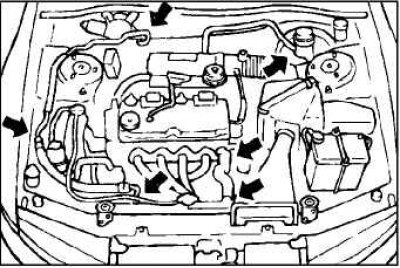
Check all lines and fittings (brake system, fuel system, power steering and air conditioning system). Check the correct location of the lines, the presence of leaks in the fittings, if necessary, tighten.
Check the position of all vacuum hoses, as well as hoses of the cooling and heating system.
Attention! Remember that the air conditioning system is under pressure.
Note. The presence of traces of oil around the connections of the air conditioning system is not necessarily the result of leaks. Oil is used to lubricate the connecting elements during assembly. Make sure there are no twisted or kinked system lines.
Checking for oil and fluid leaks from the engine
Check for engine oil leaks.
Checking hoses, tubes and fittings located under the bottom of the car
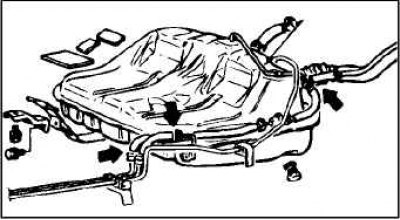
Check all hoses and hydraulic lines and their connections for leaks.
Make sure all hoses and hydraulic lines are routed correctly from the underside of the vehicle and do not come into contact with sharp edges or moving parts.
